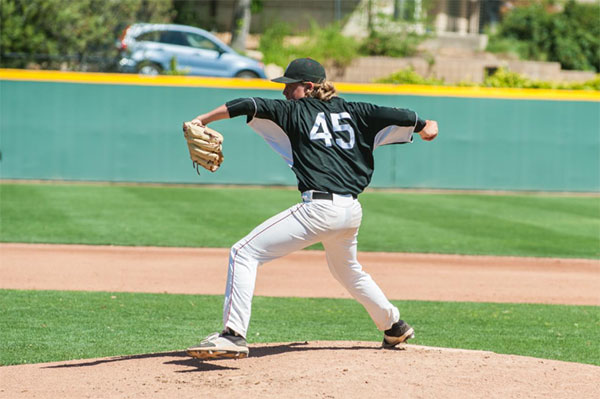
Baseball offers young athletes the thrill of competition, teamwork, and achievement, but it also puts unique stress on the shoulder, with pitchers facing the greatest strain. Overuse, poor mechanics, and insufficient recovery can lead to serious rotator cuff injuries that may sideline a promising future. Here’s how young athletes can pitch smart and stay healthy.
Understanding the Rotator Cuff’s Role in Pitching
The rotator cuff is a group of four small muscles and tendons that stabilize the shoulder joint and control arm movement. In pitchers, this area endures repeated high-speed stress with each throw. While adult pitchers can also suffer tears or strains, younger players are especially vulnerable to overuse injuries due to developing bones and soft tissues.
When the rotator cuff is overworked without adequate rest, it can become inflamed (tendinitis), frayed, or even torn. These injuries not only affect performance but can lead to long-term limitations if not addressed early and appropriately.
Common Causes of Rotator Cuff Injuries in Youth Pitchers
Some of the most frequent contributors to rotator cuff damage in young athletes include:
- Throwing too many pitches without rest
- Playing on multiple teams simultaneously
- Pitching year-round without adequate off-season recovery
- Improper throwing mechanics
- Neglecting warm-ups, stretching, and strengthening exercises
Unfortunately, many young athletes are pushed to specialize early or compete non-stop, increasing their risk of injury at a time when their bodies are still growing.
Pitch Counts and Recovery: Why They Matter
One of the most effective tools in preventing rotator cuff injuries is adhering to pitch count limits based on age and ensuring proper rest between outings. Organizations like Pitch Smart (developed by Major League Baseball and USA Baseball) offer age-specific guidelines that help coaches and parents monitor throwing workload. Rest days, cross-training, and avoiding multiple appearances in short timeframes are essential for shoulder health.
When to See a Specialist
Early signs of rotator cuff issues include shoulder fatigue, decreased throwing velocity, or pain after pitching. If these symptoms persist, a consultation with a shoulder specialist can help determine the cause and develop a personalized recovery and prevention plan.
Minimally invasive options like arthroscopy may be necessary in severe cases, but many issues can be managed with conservative strategies, especially when caught early.
A Smarter Path to Shoulder Health
With proper education, supervision, and care, young athletes can enjoy the game they love while protecting their long-term joint health. If your child is showing signs of shoulder strain or you're concerned about their throwing mechanics, consider scheduling an evaluation with a specialist in shoulder and knee care. Keeping youth pitchers healthy isn’t just smart, it’s essential.
AUTHOR: Geoffrey Van Thiel, MD, is a board-certified orthopedic surgeon specializing in sports medicine treatments of the hip, knee, and shoulder, with a focus on compassionate, cutting-edge care. Dr. Van Thiel’s commitment to athletics and an active lifestyle is evident in both his personal belief that activity leads to better health and his involvement with the Chicago Blackhawks Medical Network, AHL Rockford IceHogs, and US National Soccer Teams.





